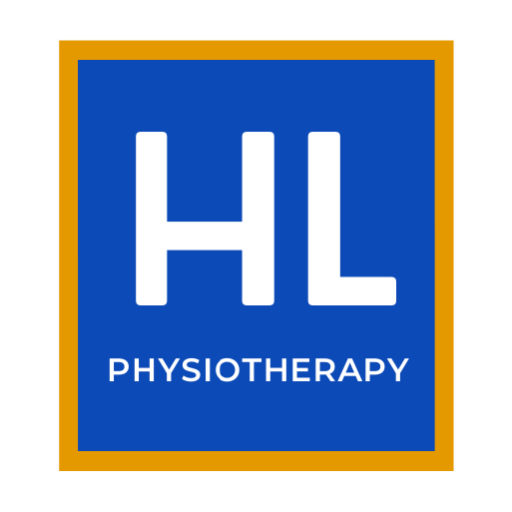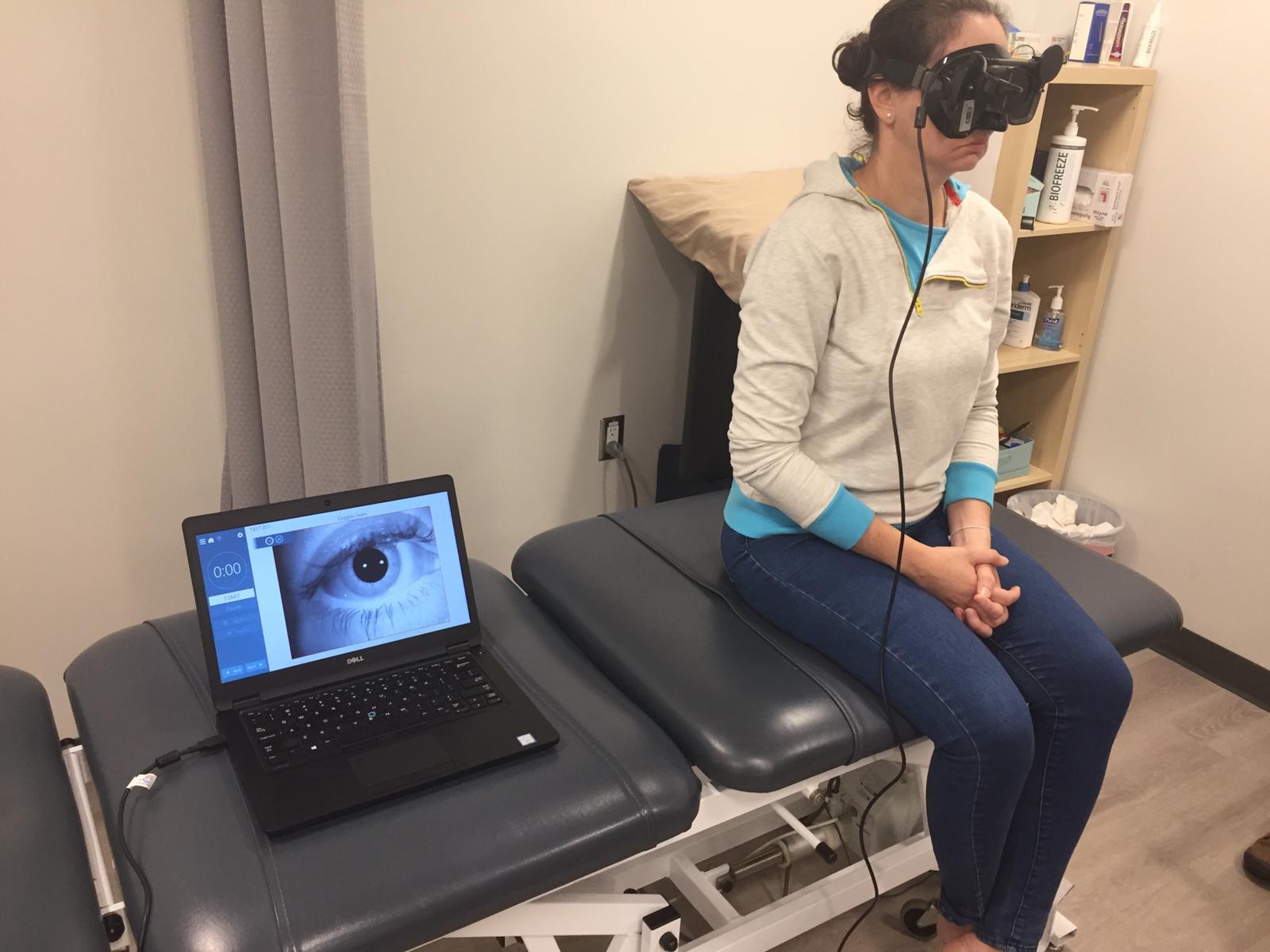Vestibular assessment is recommended when a patient seeks help complaining about dizziness and/or unsteadiness. It involves a comprehensive evaluation of the vestibular, neurological and musculoskeletal systems.
What is that scuba diving goggles for?
After carefully listening to your story, I will perform a clinical neurological exam. As part of this clinical exam I use these blackout goggles with an infra-red camera to assess what your eyes are doing (picture above).
The fancy term for this exam is VideoNystagmoGraphy (VNG), it is an essential part of the exam for proper diagnosis.
Eyes don’t lie
Our vestibular system has peripheral sensors (the inner ears) responsible for sensing movement and telling your eyes where to go, so you can see things clear and on focus as you move around. These eye movements are driven by a precise reflex called Vestibular Ocular Reflex (VOR). You do not have control over it.
During an episode of an inner ear infection (commonly viral), the side that is affected suffers a loss of function. The asymmetry in activity level is interpreted as movement, so the eyes try to catch up with this perceived movement, leading to the occurrence of nystagmus and the sensation that the surrounding is moving around (vertigo).
Nyst… what?
Nystagmus. Nystagmus is an involuntary eye movement pattern that is present in vestibular and neurological conditions. It can be suppressed by fixation (looking at a target) in room light and be easily missed when not using the blackout goggles and the infrared camera (VNG) during an assessment.
To help you understand, this is what I expect to see when a patient has an acute inner ear infection in the left ear:
Halmagyi, G. M., McGarvie, L. A., & Strupp, M. (2020). Nystagmus goggles: how to use them, what you find and what it means. Practical Neurology.
This involuntary eye movement pattern, the nystagmus, is called the spontaneous direction fixed Right beating nystagmus and it is one of the classic signs of Left vestibular hypofunction.
Examining a dizzy patient without using nystagmus glasses is like examining a weak patient without using a tendon hammer.
Halmagyi et al., 2020
Take home message
👉🏼 Scuba diving goggles are weird but an essential part of the vestibular assessment.
👉🏼 Eyes don’t lie – the nystagmus tells where the problem is, and it is best assessed by VNG.
⚠️ Look for a clinician that uses this technology to have a proper assessment.
Heric Lopes, PT


2 thoughts on “Vestibular Assessment”
Hi… my name is Rick. I believe I may be having issues with vertigo.
I have been treated for it years ago when I wound up in emerg. I would like to discuss this with someone .
Do I need a dr. Refferal to see you ?
Thanks Rick
Hi Rick,
Thanks for reaching out.
I would be happy to discuss with you about your vertigo issue. You do not need a referral to see me. However, if you have extended health care, you should check to see if they require one when submitting receipts for reimbursement.
Please send me an email with a phone number that I can reach you at.
contact@hericlopespt.ca
Heric Lopes, PT